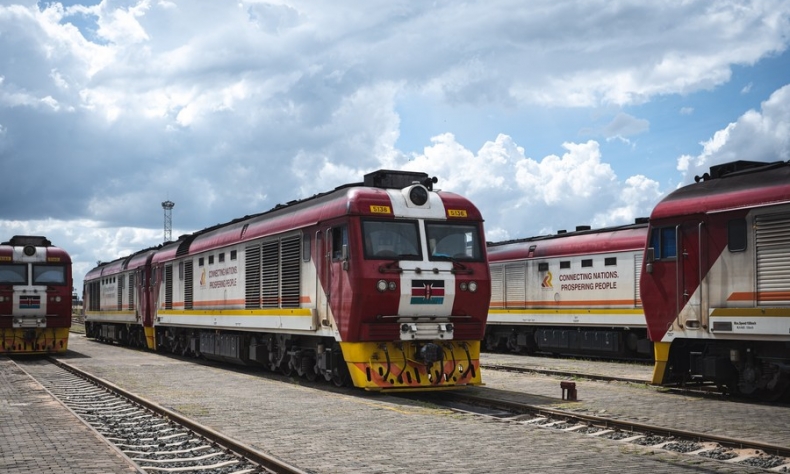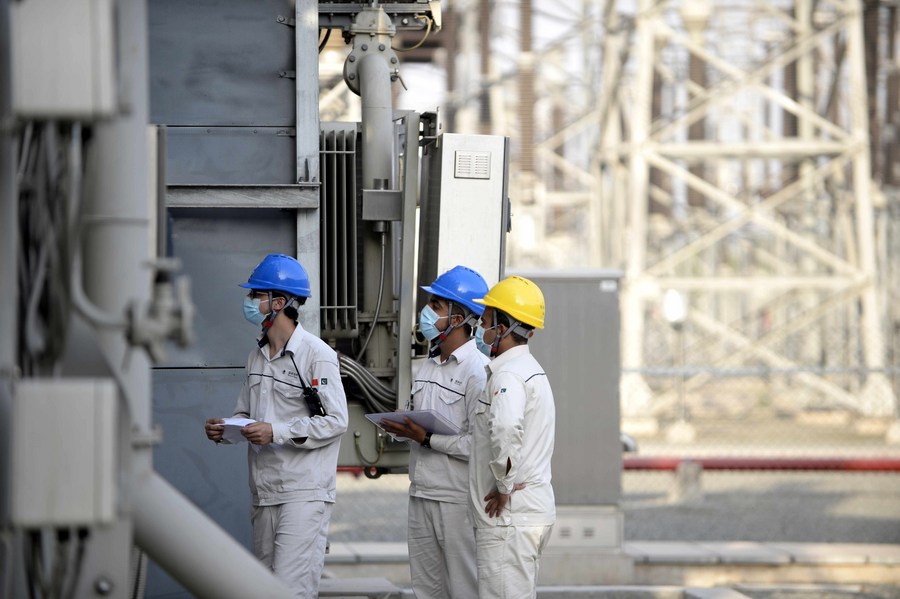BRI at 10: Turning Dreams into Reality

Amid economic recessions, unilateralism, protectionism, and regional disputes, the BRI has stood as a tangible framework, addressing concerns through infrastructure and information initiatives.
The State Council Information Office of China on Tuesday published a white paper titled “The Belt and Road Initiative: A Key Pillar of the Global Community of Shared Future.” The concluding remarks of the white paper encapsulate the significance of China’s decade-long endeavor to demonstrate how a multipolar world can function harmoniously.
“China stands ready to work with other countries to pursue closer and more fruitful cooperation under the BRI framework, implement the Global Development Initiative, the Global Security Initiative and the Global Civilization Initiative, and build an open, inclusive, clean and beautiful world that enjoys lasting peace, universal security and common prosperity. Our goals are to pass on the torch of peace from generation to generation, sustain development, ensure that civilizations flourish, and build a global community of shared future,” said the white paper.
The concept of “a global community of shared future” emphasizes harmony over conformity or uniformity.
Both internally and externally, the underlying principle remains consistent: While individuals and nations are diverse, they all share common aspirations regarding opportunity, security, and self-determination. In this vision, understanding and respecting differences is paramount. This echoes the spirit of the Treaty of Westphalia, where the emphasis wasn’t on adopting another’s values, but rather on mutual respect.
In a world where global leaders frequently talk about the future, China has invested a decade and mobilized nearly a trillion dollars, demonstrating how that future can be created.
The World Bank estimates that by 2030, the BRI will generate $1.6 trillion in global revenue annually, accounting for 1.3% of global GDP.
From 2015 to 2030, projections suggest the BRI will lift over 40 million people out of poverty. By 2022, 421,000 local jobs had been generated via more than 3,000 projects.
Data compiled from the World Bank, the Organization for Economic Co-operation and Development, the International Monetary Fund, and China’s National Bureau of Statistics, among others, indicate the BRI’s positive impact on people’s welfare.
The World Bank estimates that the BRI has increased trade of participating parties by 4.1%, attracted 5% more foreign investment, and bolstered GDP by 3.4% for low-income countries.
The BRI has increased policy coordination on infrastructure, trade, finance, and people-to-people exchanges.

As of mid-2023, China had signed over 200 BRI agreements with 152 countries and 32 international organizations. By the end of August 2023, more than 80 countries and international organizations had subscribed to the Initiative on Promoting Unimpeded Trade Cooperation Along the Belt and Road, proposed by China. China had signed 21 free trade agreements with 28 countries and regions.
Six economic corridors have been created, significantly enhancing connectivity for landlocked countries, such as Laos, Nepal, and Kazakhstan.
The China-Europe Railway Express offers a faster substitute for maritime transport, fortifying trade routes and ensuring global supply chain stability.
Institutions like the Asian Infrastructure Investment Bank (AIIB), the Silk Road Fund, and the New Development Bank were established to address infrastructure funding gaps, extending an essential lifeline to developing countries that previously lacked access to funds.
Bilateral communication and collaboration in sectors like education, culture, and tourism have intensified, premised on the awareness that people-to-people exchanges and deep-rooted understanding between countries are imperative for a harmonious multipolar world.
Over time, the BRI has evolved into a catalyst for optimizing global development and governance. Amid economic recessions, unilateralism, protectionism, and regional disputes, the BRI has stood as a tangible framework, addressing concerns through infrastructure and information initiatives.
A decade since the inception of the BRI, it’s evident that the world has benefitted from the initiative. However, the journey wasn’t without challenges. And while the BRI’s strength truly shines when its components synergize, there have been inevitable teething problems with its integration.
There are detractors who criticize the BRI on political grounds, casting doubt on its effectiveness. Ironically, these critics haven’t presented viable alternatives.
Every innovative idea faces skepticism. But maybe it’s time for the naysayers to reassess the tangible progress made by the BRI and recognize its role as a positive agent, shaping a more harmonious and emerging multipolar world.
Einar Tangen is a senior fellow at Taihe Institute and the chairman of the Asia Narratives Channel.
 Facebook
Facebook
 Twitter
Twitter
 Linkedin
Linkedin
 Google +
Google +










